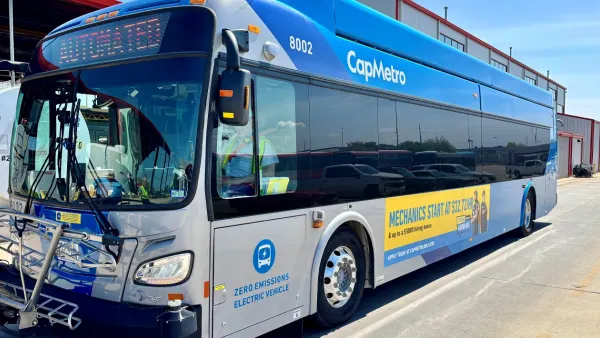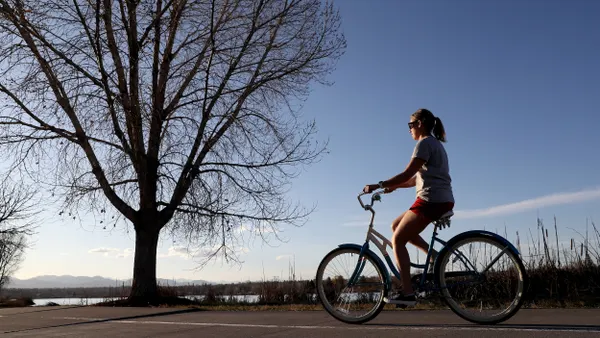Dive Brief:
- The New York City mayor's office launched a $100 million plan to overhaul the city’s aging distribution system, reports New York City Economic Development Corp. (NYCED).
- The city’s growing population and its emphasis on immediate delivery of goods are putting additional stress on last-mile transportation.
- The project’s goals include modernizing infrastructure, reducing traffic (thus improving air quality) and creating 5,000 jobs.
Dive Insight:
There is little doubt that America’s infrastructure is lacking, if not downright crumbling. The American Society of Civil Engineers 2017 Infrastructure Report Card gives its condition a grade of D+. Other disturbing notes from the study estimate it would require $3.7 trillion by 2025 to raise the grade to a B, a $2 trillion increase over current spending.
Even in today’s combustible political atmosphere, voters across party lines support the federal government investing in infrastructure modernization, according to the U.S. Chamber of Commerce — 79% of Republicans, 73% of Democrats and 73% of Independents.
With the creation of Freight NYC, New York acknowledges that its aging marine, rail and highway infrastructure won’t be able to keep up with the city’s population growth. This is especially true of highways, since 90% of the city’s freight moves on trucks. The plan estimates that local freight volumes will rise by 68% by 2045. Traffic congestion alone cost the local economy $862 million.
Just as an efficient supply chain is measured end-to-end, Freight NYC is aiming at an end-to-end solution to the city’s infrastructure woes with three key points:
1. An investment in multimodal operations
The plan will include revised marine terminals and barging operations — 49% of vessels experience delays across the inland waterway system, according to the American Society of Civil Engineers report — as well as expanding rail lines and freight facilities. For example, underutilized rail lines will receive new facilities within existing rights-of-way and new passing lanes to alleviate track congestion.
2. New freight distribution hubs
New distribution, warehousing and trainload facilities will be built to meet increasing demand. For example, RFPs will be released to build a 500,000-square-foot facility at the Brooklyn Army Terminal and a 4-acre site near JFK Airport to develop an air cargo and distribution facility.
3. Last mile emissions
The city will encourage deployment of cutting-edge and emission-free trucks on city streets for last-mile delivery. The goal is to reduce 80% of gas emissions by 2050.
New York clearly is taking the lead in a critical situation for commerce, the supply chain and the public. Other municipalities should take note.











